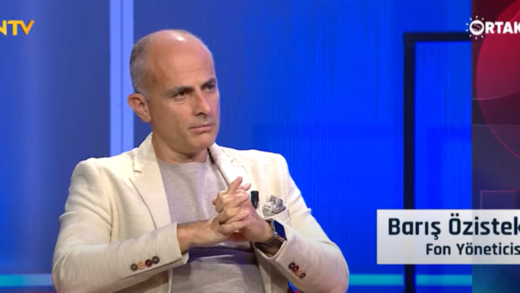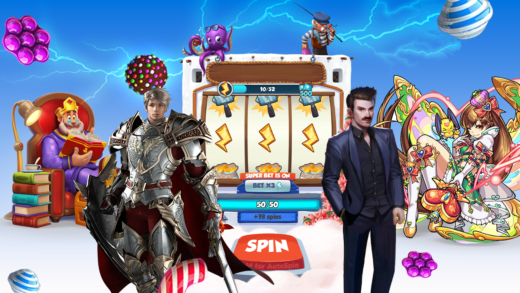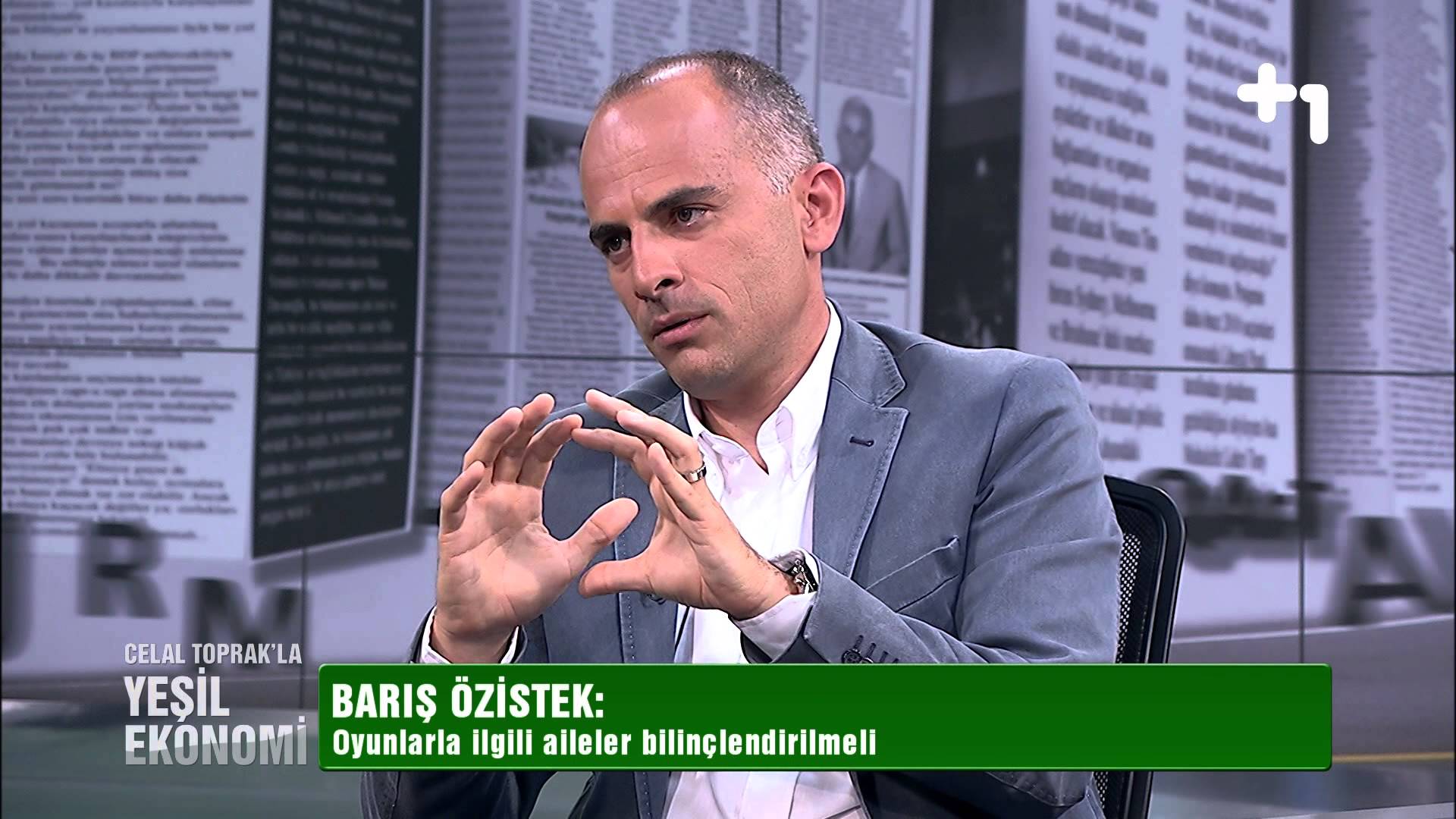Baris Ozistek is always on the move. As CEO of Netmarble EMEA, he’s constantly visiting different countries in the region and helping to launch some of the most popular games that people are playing. The company has around 50 million registered EMEA users, and estimates the region’s online gaming industry at around $1.8 billion. It’s no surprise then, that Netmarble is keen to continue producing new content for its flagship titles while localizing popular titles for the region.
We sat down with Ozistek to chat about how the company recognizes the potential for growth in the region, as well as the recipe for success behind some of their biggest titles.
What was 2017 like for Netmarble?
It was certainly a great year for us. At the start of this year we launched one of our most popular titles, Lineage 2: Revolution in Korea and then in Southeast Asia and Japan. It was a huge hit, especially in Japan, and reached the top three of the app market within 24 hours. We also launched Lineage 2: Revolution in the West around November last year, and it was also a big success despite the different gaming habits. Overall we grew quite a bit, and have reached the position of being one of the top three gaming companies in the world, which is exciting for us. We also had an IPO, which was an exciting move for us.
Is there a particular success formula for games to become a hit?
Some people think the gaming market is a gamble, where you just develop content and see if it’s a hit or not. We don’t operate like this at all – we’re a highly data-oriented company, and we do lots of market research and trend analysis to see everything before deciding which content the market needs. There a lot of different parameters that affect this as well – for example, the specifications of smartphones. We mainly develop mobile games, so it’s important to us that our games can be accessed by a good portion of the market. It’s no use developing a very high end game if only a small percentage of the market can play it.
With smartphones becoming more capable, how do you manage to design games that are able to run on a multitude of phones with different specifications?
For any game that we develop, we ensure that it is of high quality and has a deep level of content. We develop games that work on medium-level phones, as well as those that would run on high-level phones. For example one of the popular games in the region is Travelling Millionaire, which targets a broad range of users and devices. It allows us to then target a broader range of users, because the game can run on different specifications of devices – we develop games for everyone to play.
Are there any games in particular that are doing well in the region?
Travelling Millionaire is doing very well since its launch a few years ago. There’s a huge community here, and many people have been playing since the game launched. It was a huge game in Asia, which we then localized and launched in the region. We have landmarks from UAE, Bahrain, Egypt, and many other regional locations. Another title is Marvel Future Fight – we have a strong partnership with Disney, so this game is also very popular here. Lineage 2: Revolution is also another great title, which is popular in the UAE. We also make sure that our games are updated constantly, so that there is always new content to go through.
When it comes to localization, do you face any particular challenges when bringing a game to the Middle East?
We change the game design from scratch, that’s the only way to do it. We understand the user habits and behavior, and localize the way the game behaves accordingly. We’ve been doing this since 2009 in the region, so we know how things work. In general, there are still challenges we face, firstly being the Arabic language. It’s right-to-left, which is something not a lot of developers have experienced, so it’s new territory. We also look at cultural sensitivities of course, with over 100 people from different regional backgrounds working on our games to ensure that everything complies with local cultural topics and habits.
How has the MENA gaming market changed in the past five years?
These past five years were super important across the entire gaming industry because there was a conscious shift from PC and console gaming to mobile. We’ve always had mobile games in the past, but recently thanks to the increase in phone specifications, it became possible to develop high-quality games on mobile devices. Other platforms have limitations, such as mobility of consoles or PCs. You are also limited by time – with mobile phones you can play your game anywhere and any time you have free time. The demographic has changed as well – any age or gender are playing games because it’s all more accessible now.
Star Wars Force Arena reached a userbase of 6.5m players recently – do you find that branded game franchises do better than others?
I wouldn’t say ‘better’ but would say it’s certainly easier to appeal to the market, especially in certain geographies. For example Marvel is a popular brand in the UAE, so a game developed with the Marvel IP would be easier to adopt. But when you develop your own title, you develop your own IP, which is a totally different workload that comes with a lot of challenges as well as rewards. We love doing both – our strategy is to develop multiple games for different audiences, because it’s important to touch on different demographics if you want to cover a bigger market.
Are there any specific genres that do particularly well?
Strategy is very popular in the MENA region, followed by MMORPG and RPG, similar to tastes in Asia. In the Middle East specifically, people love playing and competing, which makes these kinds of games even more popular in the region. We know which games will target a larger audience, and localize and design accordingly. For other games, we know which games are going to be more popular with adults than with kids. The GCC has the highest mobile penetration compared to anywhere else in the world, because many people use more than one smartphone or device. The type of game is also important – for games designed for kids, we’ll see peak times in the middle of the afternoon, which will then wind down around the time that kids usually will go to sleep.
Lastly, how to you measure a game’s success?
The most important part is the number of active users. Acquiring users and downloads is very easy to do. For us, it’s about keeping those users and having them coming back. If a million people download our game today, we want to know how many of those people are coming back to the game the next day. That’s why we have a variety of content in our games, and keep developing more so that people will keep returning. It’s more important that people keep playing and enjoying the game above everything else.







